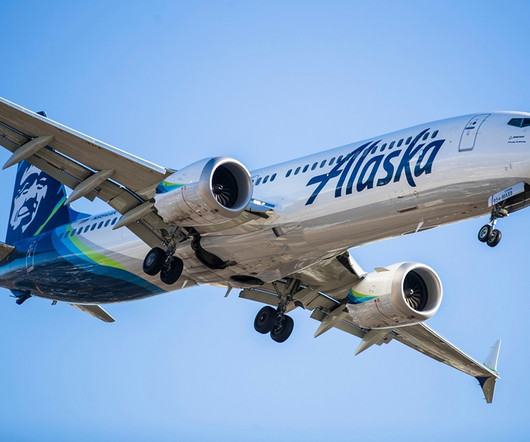Quiz: Basic Aircraft Aerodynamics
Flight Training Central
MAY 7, 2024
The term 'angle of attack' is defined as the angle between the airplane's longitudinal axis and that of the air striking the airfoil. The four forces acting on an airplane in flight are lift, weight, thrust, and drag. lift, weight, gravity, and thrust. Starting, taxiing, takeoff, and landing.











Let's personalize your content